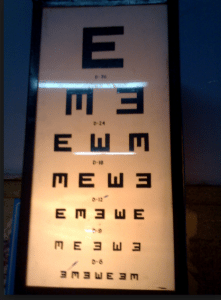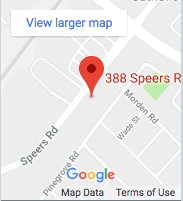Exercising regularly can benefit our bodies, so why not our eyes? There is evidence that performing daily eye exercises can help to reduce headaches and eye strain. However, claims that certain techniques can improve your eyesight to the point of not needing corrective lenses should be viewed with some scepticism.
Exercises for your eyes can help to improve some vision problems. Here’s how.
When Doctors Prescribe Eye Exercises
A doctor may prescribe eye exercises for people who:
- Can’t focus their eyes to read
- Have one eye that wanders outward or inward
- Have undergone surgery and need to strengthen muscle control
- Have crossed eyes
- Have a ”lazy eye”
- Have double vision
- Have poor 3D vision
Other conditions for which a doctor may recommend eye exercises include eyestrain, blurred vision, headaches, increased sensitivity to bright light, tired eyes or difficulty maintaining attention.
Conditions Not Helped by Eye Exercises
Eye exercises will not help people who are nearsighted, dyslexic or who have excessive blinking or squinting problems. They are also not effective for eye muscle paralysis, eye muscle spasms or other problems that don’t cause the symptoms previously mentioned
Eye Exercises Strengthen Muscles
Eye exercises are designed to strengthen the eye muscles, improve focusing and eye movements and stimulate the vision centre of the brain. Patients are taught a series of progressive therapeutic exercises to help them control their eye muscles to see properly.
Each set of exercises prescribed are unique to the patient and will vary depending on factors such as the patient’s age and other existing eye problems.
Examples of Eye Exercises
Some examples of eye exercises include:
- Changing focus of both eyes from near to far and back to near, changing distances as each distance becomes clear
- Covering one eye with one hand and looking at different objects continuously, rather than staring at just one object
- Concentrating the eye on a solitary object
- Having the eye follow a pattern in order to build eye muscles
Lazy eye, which develops in childhood, can be treated, first by providing eyeglasses, as needed, and then patching the good eye to force the brain to see through the lazy eye.
Some vision problems can result from the eye having to focus too often at a certain distance. This is true of people who sit in front of a computer screen all day, which can disrupt your eyes ability to focus at a distance. One exercise to help correct this is to hold an object, such as a pen, in front of your nose at varying distances to help improve eye coordination and stimulate your eye’s ability to focus as distances change.


